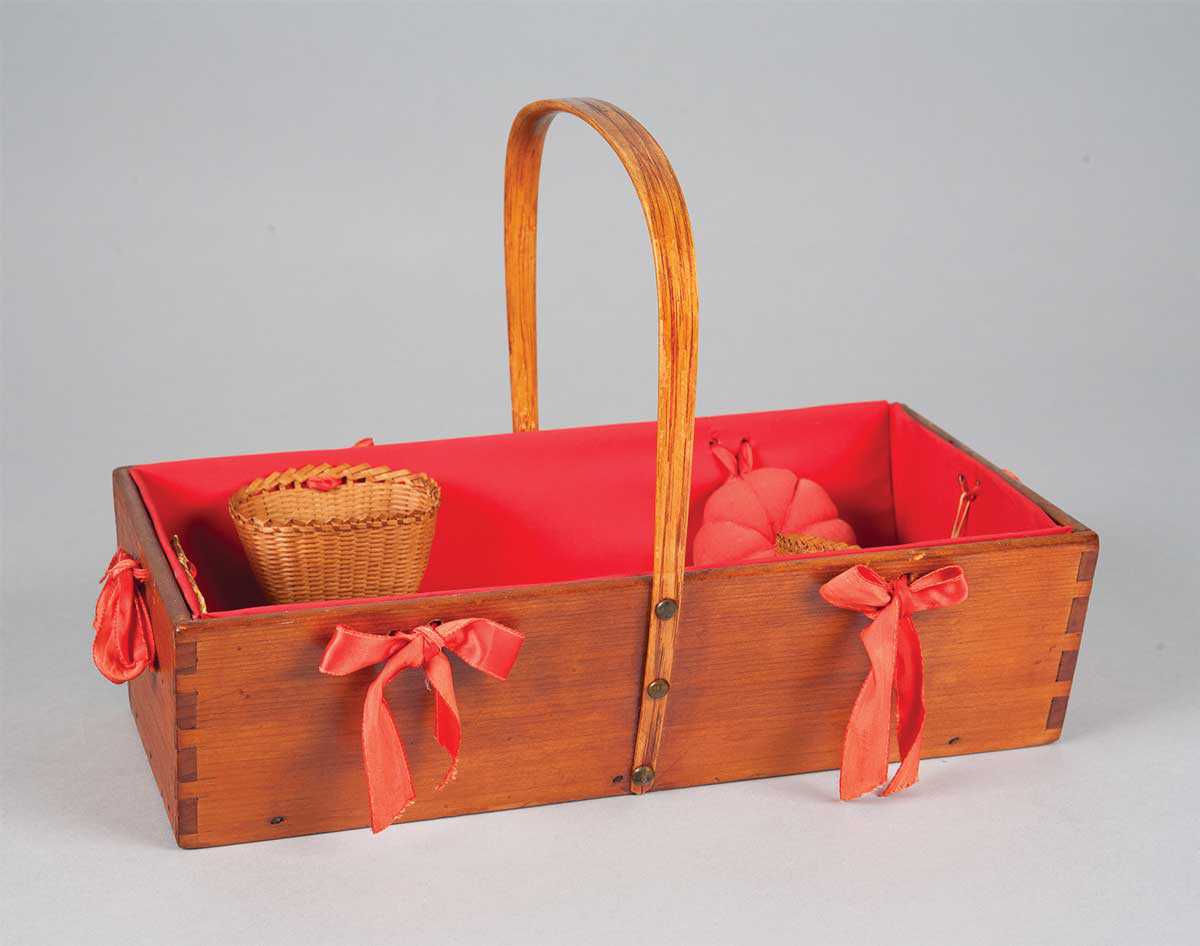ABOUT THE EXHIBITION
Focus on: Shaker Woodenware (Part II)
M. Stephen and Miriam R. Miller Shaker Gallery
The Museum is thrilled to present the second installment of Shaker Wooden objects of many types and sizes from the collection of Stephen and Miriam Miller, a continuation of our current exhibition Focus On: Shaker Woodenware (Part I). This presentation will highlight woodenware objects made for use within a Shaker community, as well as those made for sale to the larger world. In the 1780s, the Shakers established a number of relatively self-sufficient villages spread from Maine to Kentucky. Initially, the Shakers separated themselves from the outside world to allow themselves the freedom to pursue their unique spiritual vision and communal lifestyle. It was not long before they realized that complete isolation was not actually possible for a functional community, as there were certain items, including glass, ceramics, metals, and salt, that they could not produce from their lands. A cash economy was required, and thus they began to create objects, such as “fancy” baskets and sewing carriers, for sale. While the Shakers fully embraced the concept of “profit,” they scrupulously adhered to the same standards of high quality production that were applied when creating objects for their own use. This exhibition offers viewers the opportunity to compare and contrast objects made for use by the Shakers, such as the large sewing chest from Enfield, Connecticut, and objects made for sale, including a number of oval sewing boxes, from Sabbathday Lake, Maine.
